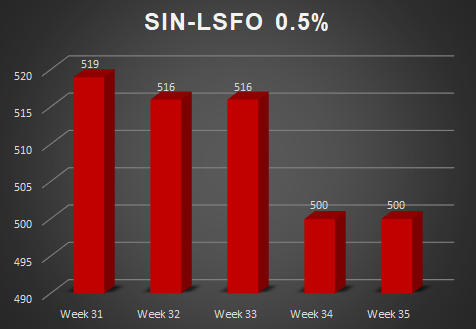Maritime Market News
News Highlights week: 03 - 2022
Ngày đăng: 20/01/2022 | Lượt xem: 680
Sealand, TS Lines, Yang Ming terminate China - Northern Vietnam partnership
Sealand Asia, the intra-Asia arm of Maersk, TS Lines and Yang Ming will end their cooperation on routes between China and Northern Vietnam effective late-January.
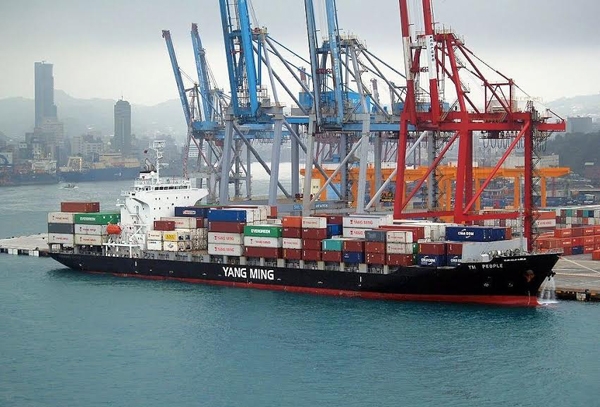
The three carriers will discontinue a joint service that branded 'NV1' by Sealand and TSL, while Yang Ming markets the loop as it ‘CVX’.
In response to the closure, TS Lines will organize a weekly shuttle between Hong Kong and Haiphong in Northern Vietnam, using the 704 teu ACACIA WA departing on 19 January from Hong Kong. The carrier will retain the ‘NV1’ branding to market this shuttle.
Yang Ming has yet to reveal any direct replacement to the ‘CVX’ which is ending soon.The Taiwanese carrier will continue to link China with Northern Vietnam using its intra-Asia network.
Sealand Asia meanwhile will reinstate its ‘Northern Vietnam 2’ service. The revived ‘NV2’ will cover Ningbo, Shanghai, Hong Kong, Haiphong, Hong Kong, Yantian, Ningbo.
Demolition sales down to historic lows in second half of 2021
The number of cellular container vessels sold for demolition in the second half of 2021 was at historic lows, with only four ships for a total of 2,489 teu joining recycling yards.
This is less than the already meagre 15 ships (for 14,007 teu) sold in the first half of the year.
All in all, Alphaliner expects that a total of 16,500 teu will be scrapped in 2021, assuming no other vessels were sold for demolition in the last days of the year.
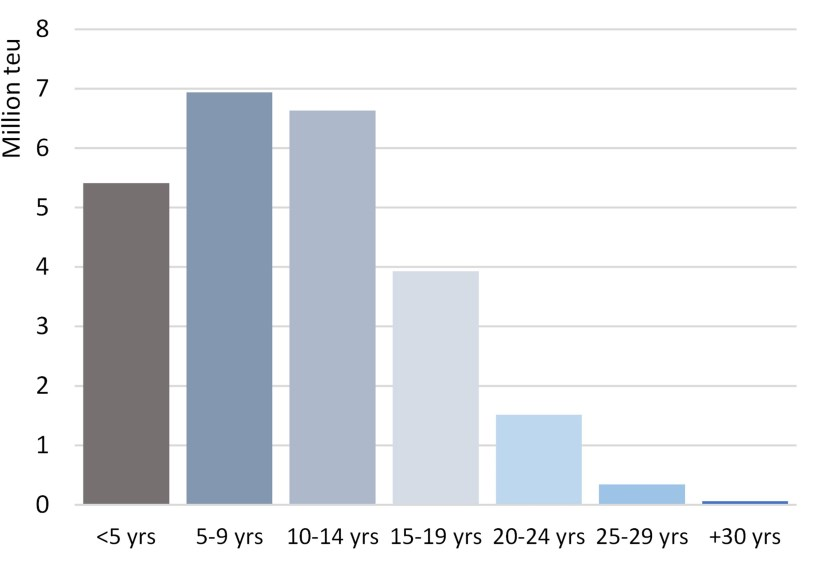
This is well below the 194,500 teu recycled in 2020, and a far cry from the 417,000 and 655,000 teu demolished in 2017 and 2016 respectively.
The red-hot charter market and the astronomical charter rates obtainable have prompted NOOs to retain in their fleets older ships of 20-30 years of age, many of which would have otherwise been recycled had the market turned out differently.
When going through the number of fixtures involving older tonnage, Alphaliner did not record any fixture of cellular tonnage older than 30 years in 2021. There were, however, twenty-nine fixtures of ships aged 25-30 years, of which ten were for periods of 24 months or longer.
There were also 226 fixtures of ships aged 20-25 years, seventy-nine of which were for periods of 24 months and over. Among them, forty ships secured employments of 36 months and seven units were fixed for 48 months or longer.
World cellular fleet remains young
Out of a total cellular fleet of approximately 5,500 ships for 25 M teu, 902 units are 20 years old and over for an aggregate capacity of 1.9 M teu.
Among them are 234 vessels aged 25-29 years for a total of 343,000 teu and just about 50 ships older than 30 years still in active service.
The world containership fleet remains therefore young, with a scrapping poten- tial limited to those units aged 25 years and over, representing only 5% of the fleet in service.
Average container vessel age today stands at 13.2 years. Weighted by capacity, this drops down to 10.5 years.
More Chinese port cities hit by rising infections
New coronavirus cases reported by Tianjin and Shenzhen have added pressure to the operations at the cities’ ports, which are among the largest in the world.
‘The risk of shutdowns in China is significant,’ according to consultancy Sea-Intelligence, with the global logistics logjam looking set to continue over the short term.
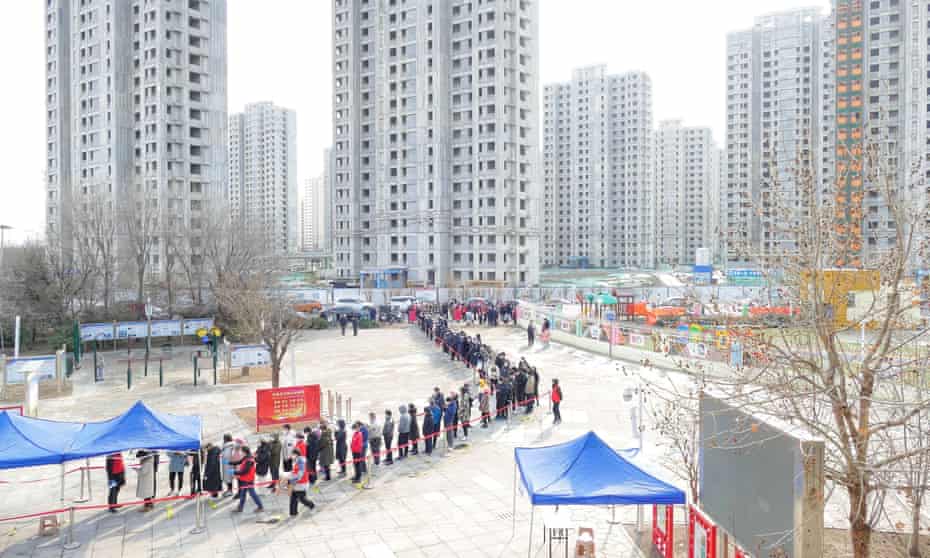
Trucking operations in Ningbo remain restricted due to the lockdown rules in part of the Beilun District, where a string of box terminals are located and the latest set of positive test cases emerged in the beginning of this month.
But local authorities have reduced the lockdown area over the weekend as the situation improved, enabling some trucks to reach the port area via roundabout routes. (Source: Lloyd’s List 10 January 2022)
Maersk says port congestion set to continue for some time yet
Pandemic effects persisting as owner admits 2022 has not started how it would have liked.
The sector has been enduring shortages of vessels as queues of hundreds of ships built up off terminals due to a rebound in demand and the persistence of the Covid-19 pandemic.
This has been a major positive for freight and charter rates, but a big problem for cargo owners. Maersk said the waiting time for a vessel to berth at Felixstowe in the UK is between seven and nine days, while Bremerhaven and Hamburg in Germany, Rotterdam in the Netherlands and Antwerp in Belgium are seeing waits of up to four days.
In the US, things are much worse, with Long Beach in California experiencing delays of up to 45 days, and Los Angeles 28 days. (Source: Tradewinds 12 January 2022)
VNS
Chỉ số Thị trường
Tin nổi bật
-
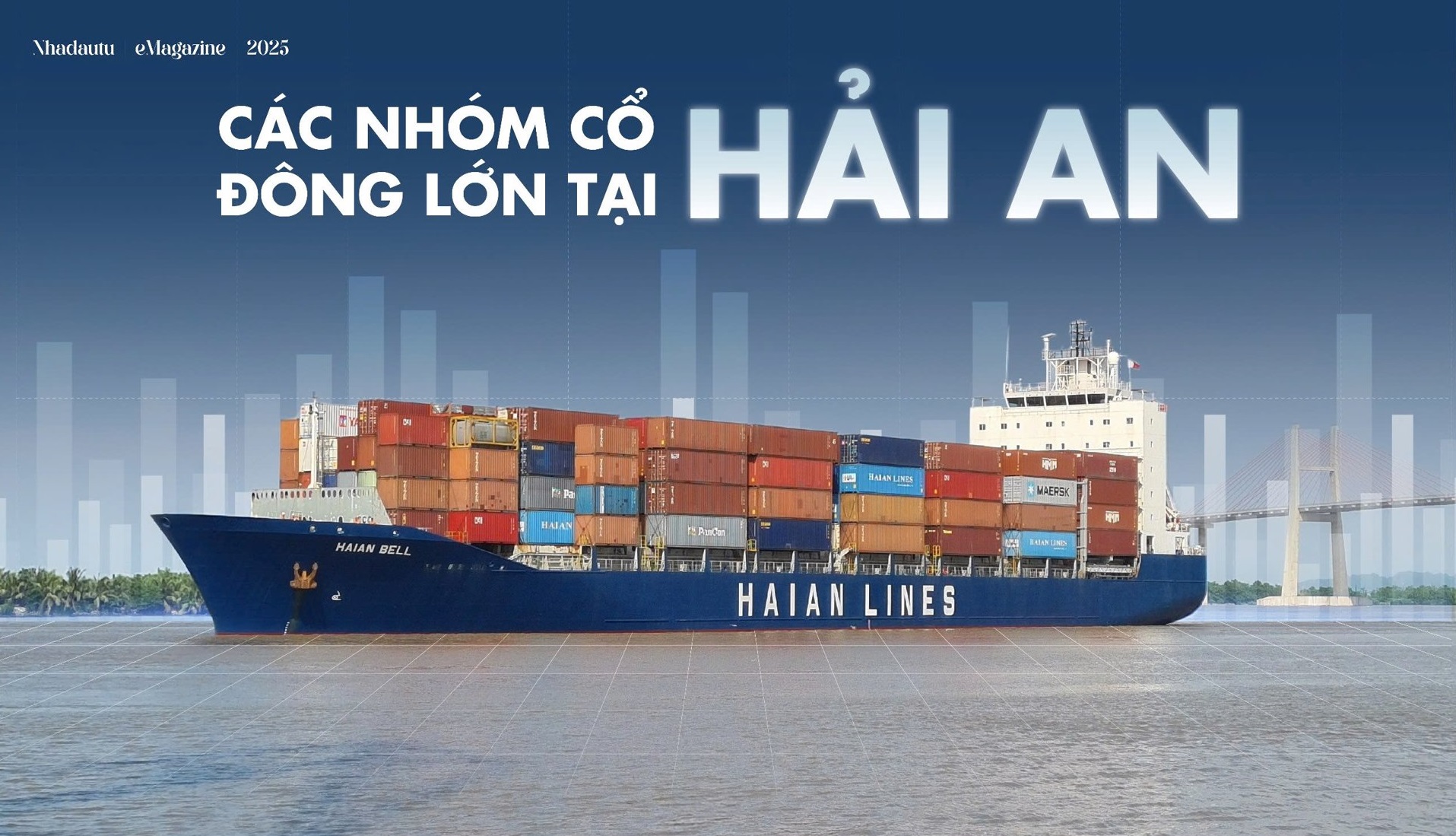
-
Các nhóm cổ đông lớn tại Hải An
Ngày 10/09/2025
-

-
Thông báo về việc giao dịch chứng khoán thay đổi niêm yết
Ngày 29/08/2025
-

-
Quyết định thay đổi đăng ký niêm yết
Ngày 29/08/2025




